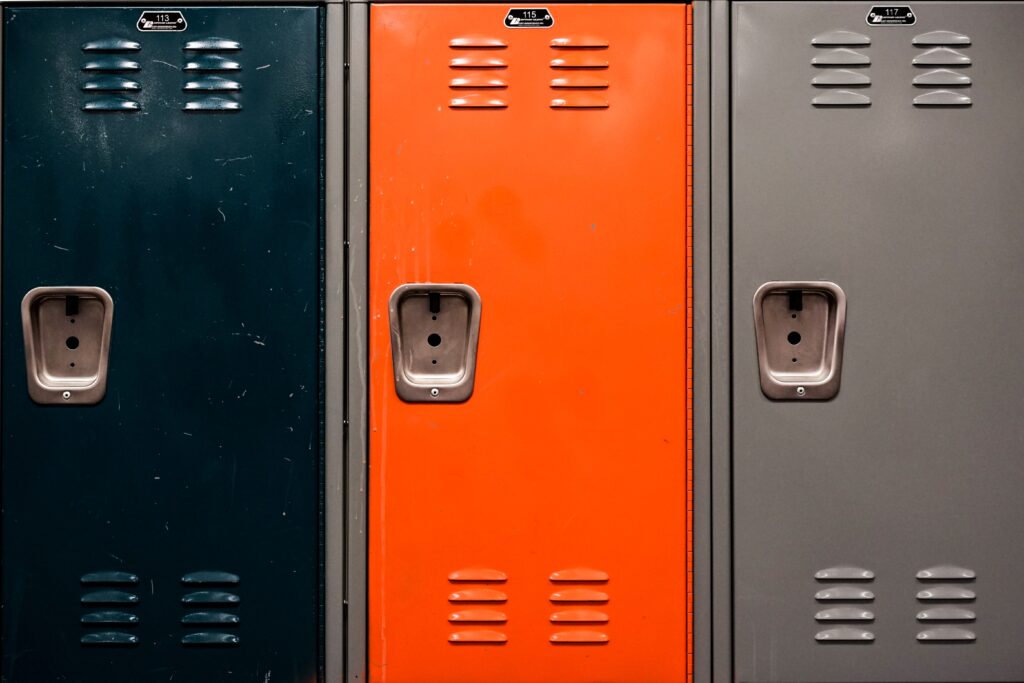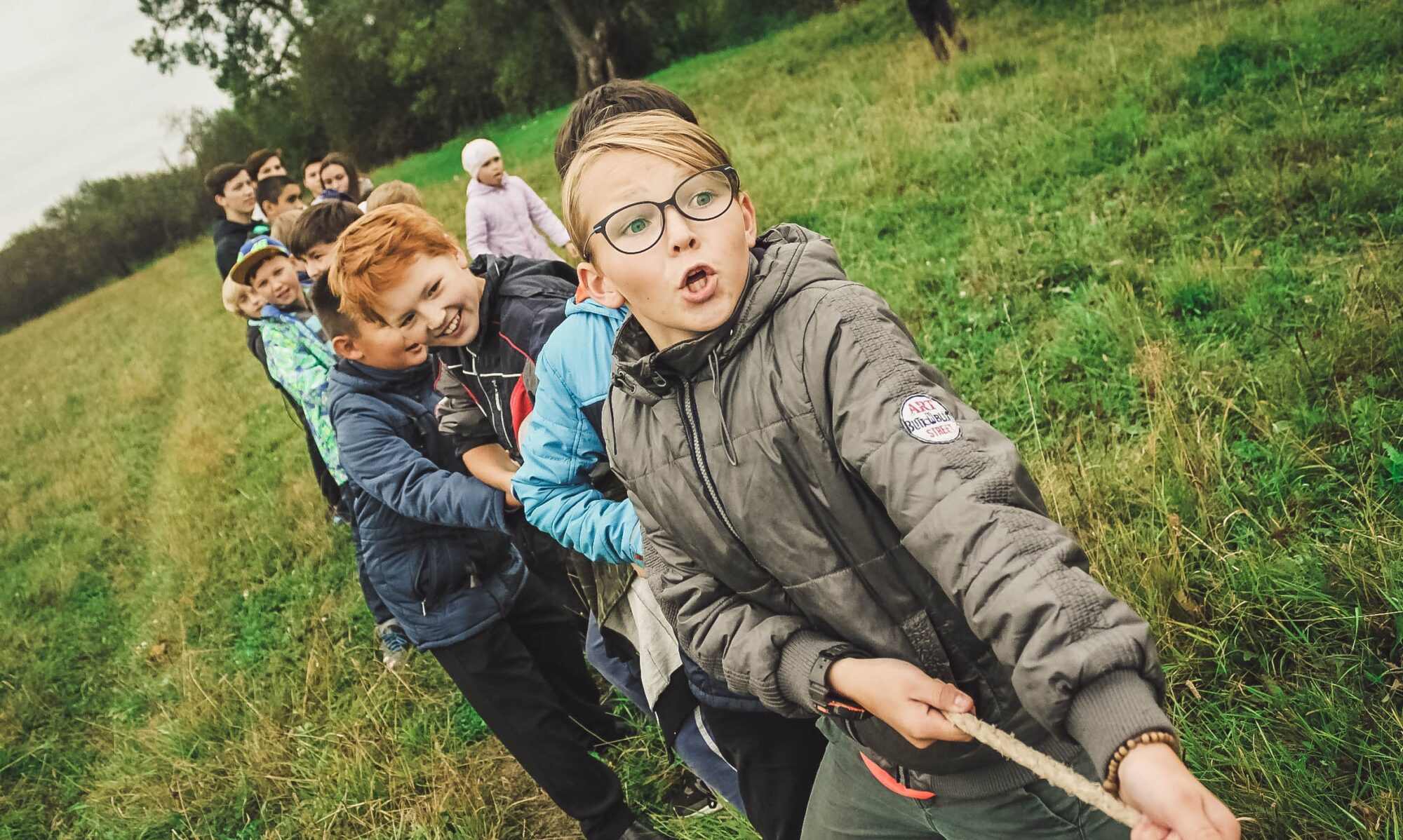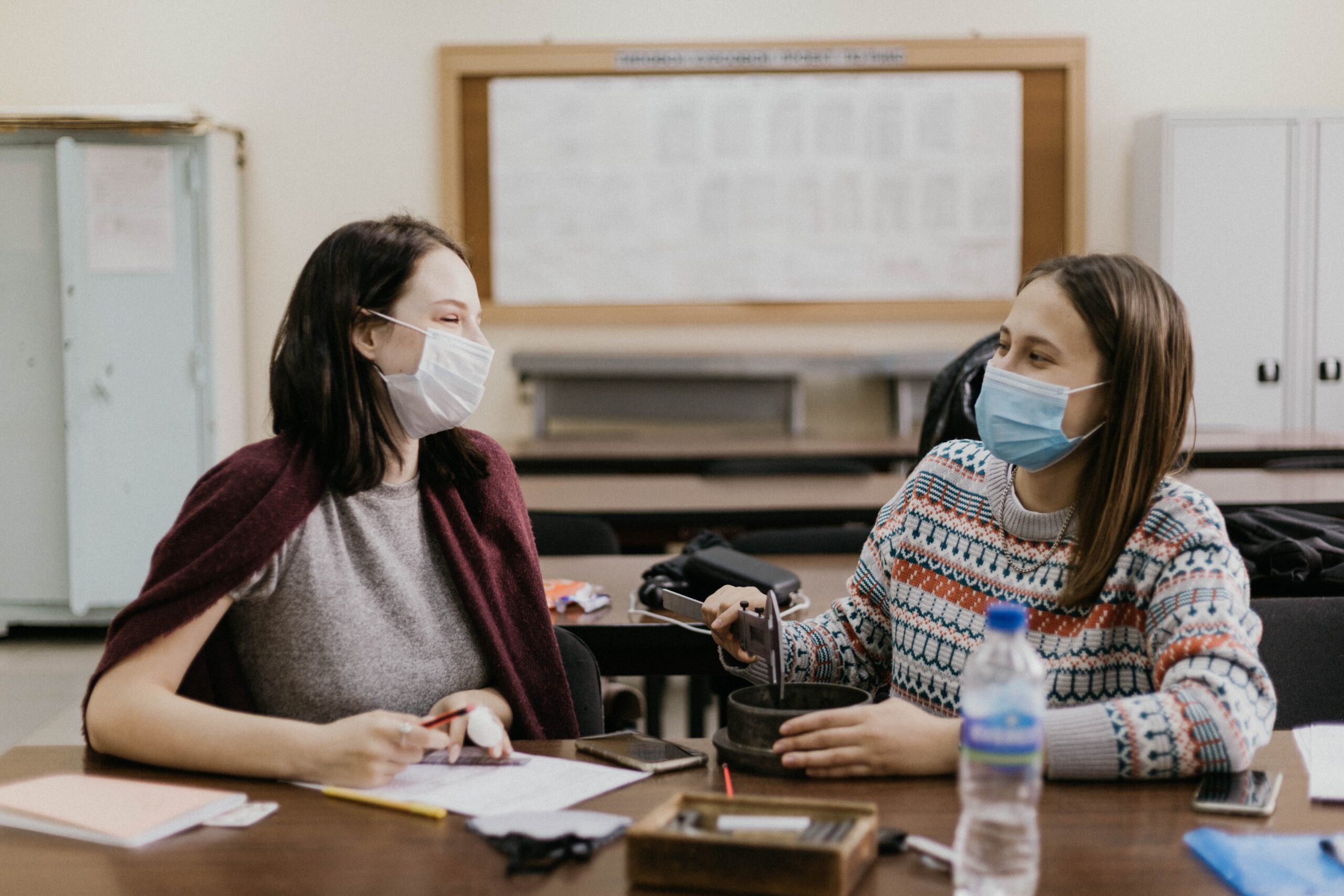Many of the routines of the school day have been frayed by the pandemic. From kids unable to engage in work to walking out of class altogether, we are seeing norms and relationships stretched and tested like never before. This might even be described as “normal” right now — as in that it’s the norm, it’s typical and (sort of) expected (note: not “normal” in the more colloquial sense of ‘the way it’s supposed to be’). It makes me wonder if intentionally centering relationships and routines could help ease things?
That’s what teaching is, isn’t it? It’s about being in community with young people. At least that’s what has been true for me. Sure, it’s also about “teaching” them things – but a wise person once said we don’t teach subjects…we teach children. And they sure teach us a lot, too.
Wobbles
It took me a while to learn how to be with my students. My first year teaching, I danced between tight control and laissez-faire. My students waffled from rebellion to no boundaries. (Spoiler: neither really worked out like I’d hoped.) It was kind of a mess. But it was a caring and connected mess. We had fun at least. But I still hadn’t figured out how to be. What was my role as the “adult” in the room? As the teacher?
Sometimes we call this part of teaching “classroom management”, but the more I think about that term and what it implies the less I like it. I don’t want to “manage” students; I want to nurture their learning. I don’t want to have “control” of my class, I want to engage them. I don’t want to instill a culture of “compliance,” I want to co-create a community of caring and curiosity.
Routines that become…routine
In the summer following my first year teaching, my team attended a Developmental Designs professional development workshop. And it was a game changer. (Full disclosure: I am such a believer in the Developmental Designs ways that I have become a trainer.) I learned a different way to be in relationship with my students. I learned how to share power and scaffold responsibility so that my students could partner with me and one another in co-creating our learning space. And I learned very concrete ways to accomplish these aspirations.
It was in this workshop that I first learned about Boynton & Boynton’s research on classroom management and the importance of proactive management. Essentially, the Boyntons found that if we spend 40% of our time building relationships with and among our students, and 50% of our time establishing and practicing routines, we’ll only need to dedicate 10% of our management time to reactive strategies — dealing with things that aren’t going as intended.
Too good to be true?
It kind of sounds too simple, doesn’t it? But after aiming for that formula for several years (and practicing routines ad nauseum), I found it to be mostly true. And while these numbers may not hold up in the collective trauma that is school-during-covid, I still believe that we find our power to fly in relationships and routines.
But how?
According to Boynton & Boynton’s research, approximately 50% of our “management” efforts should be directed to developing and practicing routines. In my experience, no routine is too small: how to sharpen a pencil, how to move a chair, what to do when the bell rings. All of the seemingly small, inconsequential things that somehow halt the flow.
Are you noticing any patterns of where things are going not-so-well? Is it when students enter the room? Is it transitions? Is it independent work time? Make a list of important routines (bonus if you can do this with your colleagues and students). Then, hone in on a couple of these routines and think about how they should go. What are the steps to success? Break it down into super small parts. First do this yourself. Then together with students — leave room for their ideas and suggestions. How could we make this better/more effective/quicker/less disruptive? What are the benefits to us as a group if this goes well? Why would it be important to make sure this happens smoothly?
Practice, Practice, Practice
Then, practice. And practice some more. Like, literally get up and do the steps you just articulated. Have the students practice. It will feel silly! That’s ok. It’s also ok if it takes half (or all) of your class to get this important routine down. Because this is an investment in the future. As they say in Developmental Designs, “go slow to go fast!”
Then tomorrow, perhaps a quick reminder of how the routine goes. And don’t forget to notice success! If it took 17 fewer seconds for students to transition today, that’s something! If you accumulate enough of that “saved time” you could even celebrate with a game of silent ball!
Finally, when routines begin to slip again (and they will, especially after a long weekend or vacation, but really any time), practice again. Invite students to review the routine, why it matters and take a minute to practice. Rinse. Lather. Repeat.

Building relationships & community, all day, every day
The other 40% of proactive classroom management, according to the Boyntons, is building relationships. Getting to know these young humans with whom we spend our days. Sharing our stories, laughing together. And thriving learning communities are built of strong relationships.
You probably already have structures for building relationships in place. Advisory, anyone? But the magic of advisory can be woven throughout the day when we take the time to get to know one another. Consider how PLPs or identity units might help you get to know students, or how student clubs might pique interest and engagement.
Some teachers do a check in at the beginning of class – a quick whip around where everyone is invited to say whatever’s on their mind. They make time for games and to have fun together. They ask students about their lives, their passions, their worries, their hopes. All of this. Because how we show up matters, so let’s cultivate a culture of caring with and among our students.
Perhaps it even takes priority over teaching content. Yeah, I said that. And I believe it. But it’s not either/or— building strong relationships and a collaborative culture forms the foundation for learning. This is something we talk about a lot around here. Check out Nancy Doda’s Relevance and Relationships, Once Again, or Rachel’s Start the Year with Building the Culture, or Jeanie’s Student-centered Personalized Learning Starts with Identity
The other 10%
According to the Boyntons’ formula, if we dedicate 90% of our energies to relationships and routines, then we’ll only need to spend 10% of our time responding and redirecting behavior. While that number may seem comically low this year, there’s something to be said for investing our energy in building things in the direction we want them to flow rather than playing Whack-a-Mole when things go awry.
So I’m curious what happens right now, in this unprecedented moment, if we recommit to routines and relationships? While it surely won’t be a panacea, it can’t hurt, right? And it will probably bring some comfort, too. How might you strengthen routines and relationships this week?



One Reply to “Centering Relationships & Routines”
Comments are closed.